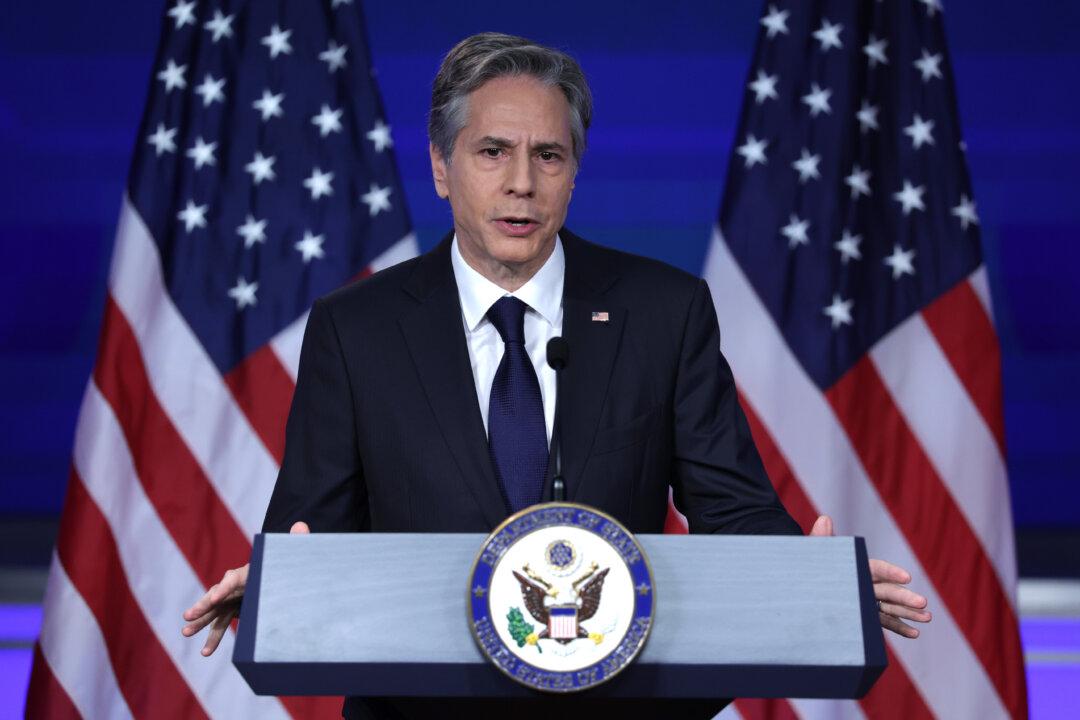Commentary
How do you compete with a potential adversary while simultaneously allowing that adversary to steal your most precious technologies? How do you defeat a rival whom you believe to be vital to your own survival?

How do you compete with a potential adversary while simultaneously allowing that adversary to steal your most precious technologies? How do you defeat a rival whom you believe to be vital to your own survival?